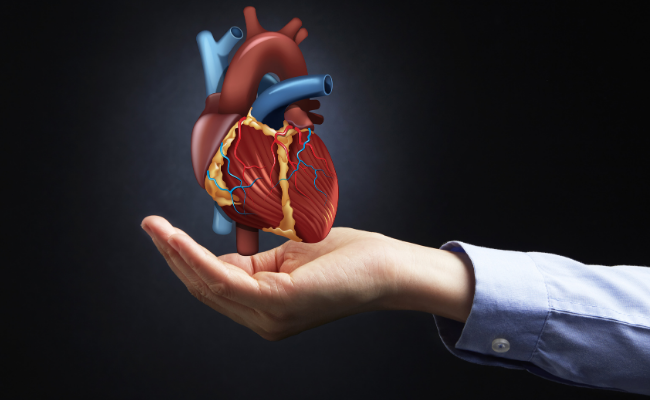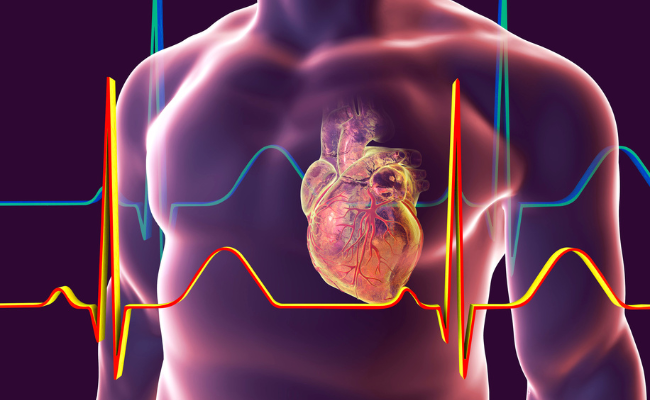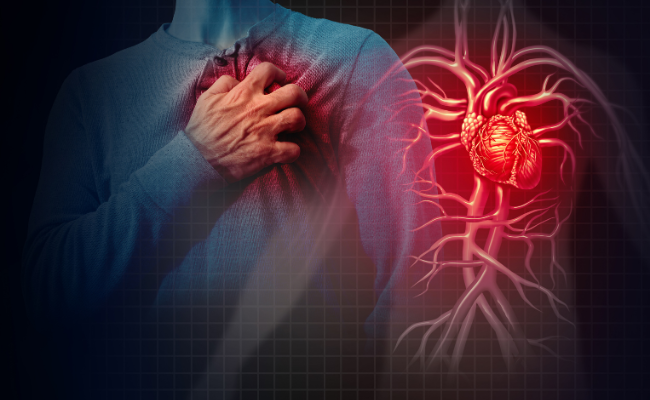How to Treat Dyslipidemia?
- December 09, 2023
- No Comments
What is Dyslipidemia?
Dyslipidemia, characterized by abnormal lipid levels in the bloodstream, involves imbalances in cholesterol and triglycerides. These lipids, crucial for physiological functions, contribute to cell membrane formation and hormone production. Dyslipidemia manifests when levels are skewed, leading to cardiovascular risks such as plaque accumulation in arteries, potentially resulting in heart attacks or strokes. High-density lipoprotein (HDL), low-density lipoprotein (LDL), and triglycerides are key components, with elevated LDL and triglycerides and reduced HDL signaling the condition.
Managing dyslipidemia is essential for cardiovascular health, necessitating a balance in lipid levels. LDL, deemed "bad" cholesterol, poses risks through plaque formation, while HDL, the "good" cholesterol, aids in removing LDL from the bloodstream. Additionally, understanding the role of triglycerides, derived from unused calories, emphasizes the importance of calorie balance. Striving for equilibrium in these lipid components becomes crucial in fostering a healthy cardiovascular system and minimizing potential heart-related issues.
Why is Dyslipidemia a Concern?
The significance of dyslipidemia lies in its association with cardiovascular diseases, which remain a leading cause of mortality worldwide. The abnormal accumulation of lipids, particularly cholesterol, can result in the formation of plaques within blood vessels, a condition known as atherosclerosis. These plaques can impede blood flow, ultimately leading to severe complications such as heart attacks and strokes. Therefore, addressing dyslipidemia is crucial for preventing and managing these life-threatening cardiovascular events.
How to Identify Dyslipidemia?
Diagnosing dyslipidemia involves a comprehensive assessment of lipid levels through a blood test. Key lipid parameters include total cholesterol, low-density lipoprotein (LDL) cholesterol, high-density lipoprotein (HDL) cholesterol, and triglycerides. Elevated LDL cholesterol and triglyceride levels, coupled with low HDL cholesterol, serve as indicators of dyslipidemia. Regular lipid profiling is essential for early detection and timely intervention.
Treatment Solutions for Dyslipidemia
Lifestyle Modifications:
- Dietary Changes: A fundamental aspect of dyslipidemia management involves adopting a heart-healthy diet. This includes reducing the intake of saturated and trans fats, while increasing the consumption of foods rich in omega-3 fatty acids, such as fatty fish, flaxseeds, and walnuts. Emphasizing fruits, vegetables, and whole grains contributes to a well-rounded, heart-healthy diet.
- Regular Exercise: Physical activity is a cornerstone of dyslipidemia management. Engaging in regular exercise not only helps in weight management but also improves lipid metabolism. Aim for at least 150 minutes of moderate-intensity exercise per week, incorporating activities such as brisk walking, cycling, or swimming.
Medications:
- Statins: Statins are widely prescribed medications for dyslipidemia. They function by inhibiting an enzyme involved in cholesterol production, thereby reducing LDL cholesterol levels. Common statins include atorvastatin and simvastatin.
- Fibrates: Fibrates are another class of medications that primarily target elevated triglyceride levels. Additionally, they can modestly increase HDL cholesterol. Gemfibrozil and fenofibrate are examples of fibrates.
- Niacin: Niacin, a form of vitamin B3, is known to lower LDL cholesterol and increase HDL cholesterol levels. However, its use is often limited due to side effects, and it is typically prescribed under medical supervision.
Weight Management:
- Maintaining a healthy weight is integral to dyslipidemia management.
- Excess body weight, particularly abdominal fat, is associated with higher lipid levels.
- Weight loss through a combination of dietary changes and regular exercise positively impacts lipid profiles.
Smoking Cessation:
- Smoking is a significant risk factor for dyslipidemia and cardiovascular diseases.
- Quitting smoking not only improves lipid levels but also enhances overall cardiovascular health. Smoking cessation programs and support can be instrumental in achieving this goal.
Controlled Alcohol Consumption:
- While moderate alcohol consumption may have cardiovascular benefits, excessive drinking can lead to elevated triglyceride levels.
- Individuals with dyslipidemia should limit alcohol intake to moderate levels, which is generally defined as one drink per day for women and up to two drinks per day for men.
Benefits of Treating Dyslipidemia
- Reduced Cardiovascular Risk: The primary benefit of effectively managing dyslipidemia is a significant reduction in the risk of cardiovascular diseases. Lowering LDL cholesterol levels and controlling triglycerides contribute to a healthier cardiovascular system, minimizing the chances of heart attacks and strokes.
- Improved Quality of Life: Dyslipidemia management positively impacts overall well-being, translating into an improved quality of life. Individuals who adhere to lifestyle modifications and medication regimens often experience increased energy levels, enhanced physical fitness, and a sense of well-being.
- Prevention of Complications: Timely and consistent management of dyslipidemia prevents complications associated with elevated lipid levels. Atherosclerosis, peripheral vascular diseases, and other cardiovascular complications can be mitigated, preserving the integrity of the circulatory system.
- Long-Term Health Maintenance: Dyslipidemia management is not just about addressing immediate concerns; it contributes to long-term cardiovascular health. By adopting a holistic approach that includes sustained lifestyle changes, individuals can maintain optimal lipid levels and promote longevity.
- Enhanced Energy Levels: Adopting a healthier lifestyle, including a balanced diet and regular exercise, often results in increased energy levels. This can have a positive impact on daily activities, improving productivity and overall vitality.










.jpg)
Comments (0)
No comments yet